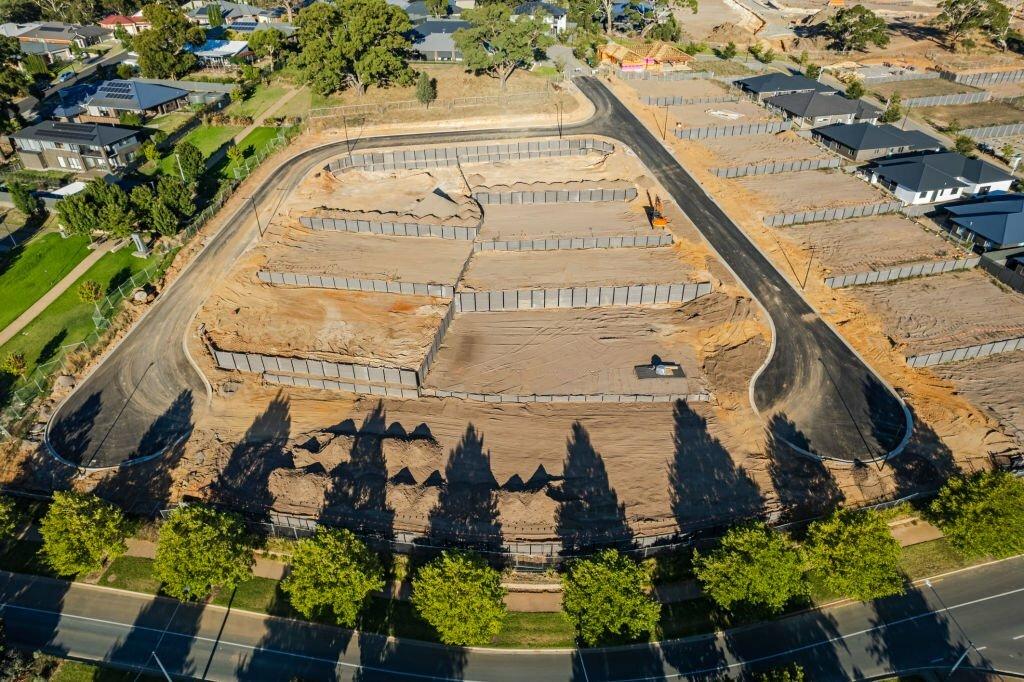Introduction:
The Acre: An Enigmatic Expanse
The acre stands as a venerable unit in land measurement, a patchwork of possibilities that blankets the landscape. Today, we embark on a journey to demystify this expanse, answering a fundamental question: How many square feet in one acre? Join us as we unravel the intricacies of land measurement and explore the vast canvas of an acre.
Understanding the Acre: A Historical Glimpse into Land Measurement:
Roots in Agriculture
Our journey begins with a historical perspective, delving into the roots of the acre as a unit of measurement. Originating from medieval England, the acre was historically defined as the amount of land a yoke of oxen could plough in one day. Its ties to agriculture underscore its practical origins and lay the foundation for its continued relevance in modern land measurement.
Breaking Down the Acre: Square Feet as the Building Blocks:
Decoding the Dimensions
To grasp the essence of an acre, we must break it down into its elemental components: square feet. An acre is a unit of area; in the language of measurement, it translates to a staggering 43,560 square feet. This numerical expression forms the basis of our exploration, serving as the key to unlocking the mysteries of land expanse.
Visualizing the Acre: An Everyday Perspective on Size:
From Football Fields to City Blocks
Let’s put the acre into context to make the concept more tangible. Picture a standard American football field, including both end zones. It covers approximately 1.32 acres. Extend this mental image further, and you might envision a city block or a sizable plot of farmland. Understanding the acre allows us to navigate and appreciate the scale of various landscapes.
The Math Behind the Magic: Calculating Acre in Square feet:
Simple Arithmetic, Profound Implications
Delving into the mathematical equation, acre in square feet converter is relatively straightforward. Multiply the number of acres by the conversion factor (43,560 square feet per acre), and you unveil the total square footage. This simple arithmetic reveals the magnitude of an acre and forms the basis for precise land measurement.
Practical Applications: Why Knowing the Square Footage Matters:
Real Estate, Agriculture, and Beyond
Understanding the square footage of an acre holds practical significance in various fields. In real estate, it influences property valuations and development plans. In agriculture, it guides farmers in optimizing crop yields. Whether you’re a homeowner, developer, or farmer, knowing the square footage in an acre is a fundamental aspect of navigating the landscape.
Comparative Measures: Acres in the Global Mosaic of Land Measurement:
From Hectares to Square Meters
While the acre is a standard unit in the United States, different countries use varying measurements for land. Explore the global mosaic of land measurement, from hectares in Europe to square meters in Asia. Understanding these comparative measures provides insights into the diverse ways in which societies quantify land.
Land Planning and Development: How Acreage Influences Design:
Blueprints Shaped by Acres
In urban planning and development, the acre serves as a cornerstone. Zoning regulations, architectural plans, and development projects are often delineated in terms of acreage. Unveiling the square footage within an acre is essential for shaping the blueprints that mould the cities and communities we inhabit.
Environmental Considerations: Acres as a Unit for Conservation:
Preserving Natural Habitats
The acre plays a pivotal role in environmental conservation efforts. Nature reserves, parks, and conservation areas are often measured in acres, highlighting the significance of this unit in preserving natural habitats. Understanding the square footage within an acre becomes a tool for evaluating the impact of conservation initiatives.
Beyond Land: Acre Equivalents in Non-Traditional Contexts:
Measuring the Immeasurable
The versatility of the acre extends beyond traditional land measurement. In non-traditional contexts, it becomes a unit for quantifying unconventional spaces. From solar panels on a rooftop to the surface area of a lake, the acre proves its adaptability, showcasing its utility in measuring the immeasurable.
Conclusion:
Square Feet, Acres, and the Vast Canvas of Measurement
As we conclude our exploration into the landscape of land measurement, we’ve unravelled the answer to a fundamental question: How many square feet in one acre? With its historical roots, mathematical elegance, and practical applications, the acre emerges as a versatile unit in our understanding of space. From real estate to conservation, agriculture to urban planning, the acre is a common language that unites diverse fields under the vast canvas of measurement. May this journey through the air escape empower you to navigate and appreciate the landscapes that shape our world?



